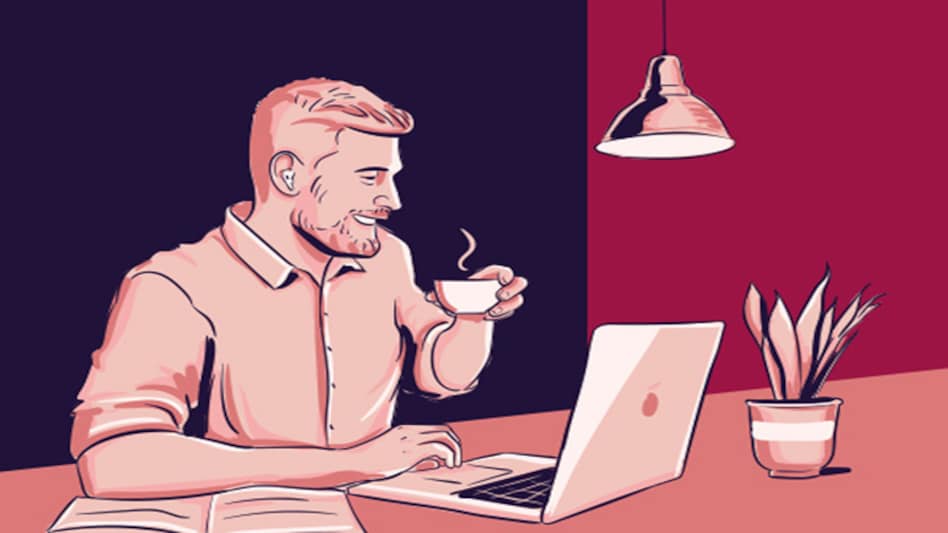 As employees work part from home and part from office, hybrid workplaces have become the new normal
As employees work part from home and part from office, hybrid workplaces have become the new normal As employees work part from home and part from office, hybrid workplaces have become the new normal
As employees work part from home and part from office, hybrid workplaces have become the new normalIn the last few months, there is an unprecedented acceleration in the adoption of technology by companies. They are quickly digitising their processes, how they service their customers and also the way they work. As employees work part from home and part from office, hybrid workplaces have become the new normal.
So what is a hybrid workplace? "It will have different meaning for different organisations based on their needs," says Ira Gupta, Head of Human Resources, Microsoft India. Different groups of people have different needs; there is a group of people who prefers working from office, then there is another group who wants to continue working from home two to three times a week.
"A hybrid workplace will have flexibility at its core that will allow people to engage with it on terms they are most comfortable with. There will not be a one size fits all. But in many cases, it will not be fully remote either," she says.
This flexibility and the agility of the new workspace will also change the fundamentals of how an office space has been created in the past. Earlier all the processes, employee benefits were created on the premise that all the employees work together in physical proximity and that will change considerably.
Also read: Crisis brings opportunity: The many lessons from COVID-19
Microsoft, says Gupta has virtualised its recruiting and onboarding. Even technology is personalised and digitised. Benefits have been changed to factor in the new normal. Tele-medicine has been included in addition to other medical benefits. A pandemic sick leave has been introduced for those who need to care for themselves or for their family members. Mental health leave has also been added. "It was never a priority to the same extent as it became in the last few years. That is going to accelerate significantly," she says.
While technology is playing an important role, Gupta says, the culture of an organisation will also have to be strengthened. She says, "At a time when some people come to work more often than others, the key to a resilient workforce will be the culture of the organisation. That is going to get stronger."
She explains that there is an expectation that every employee of the firm will embody certain values. But in a remote environment, there might be new joinees who have not yet visited office or met colleagues. "That's where the role of culture becomes so much more important, because your current leaders, your current managers, the current peer group who that new individual is interacting with needs to be able to embody it through not just words but action. That's where I think a lot of HR time and energy needs to be spent," she says.
Also read: WEF 2021: 'Skilling workforce in post-pandemic world must to ensure global growth'
She says that's while one of Microsoft's core product is Microsoft Teams, the company is not in favour of a completely remote workplace. "I very much doubt that a 100% technology workplace can work. At Microsoft we're not in favour of it all."
The reasons are simple. Gupta says, virtual interaction cannot replace personal interaction to build relationships. A video call still cannot replace coffee table gossip conversations where a lot of business intelligence gets communicated. It is also not easy to replace brainstorming sessions.
This means that physical offices are not going anywhere but their look and feel will change. People will be coming to office but might come a little less than before. It might be for a meeting or a brainstorming session. "I think what is likely to happen is there will be many more meeting rooms created. There will be more single telephone booths and different sizes of conference rooms so that people can come, huddle and leave," says Gupta.
Also read: BT MindRush 2021: Challenges and opportunities for startups in the COVID-19 pandemic